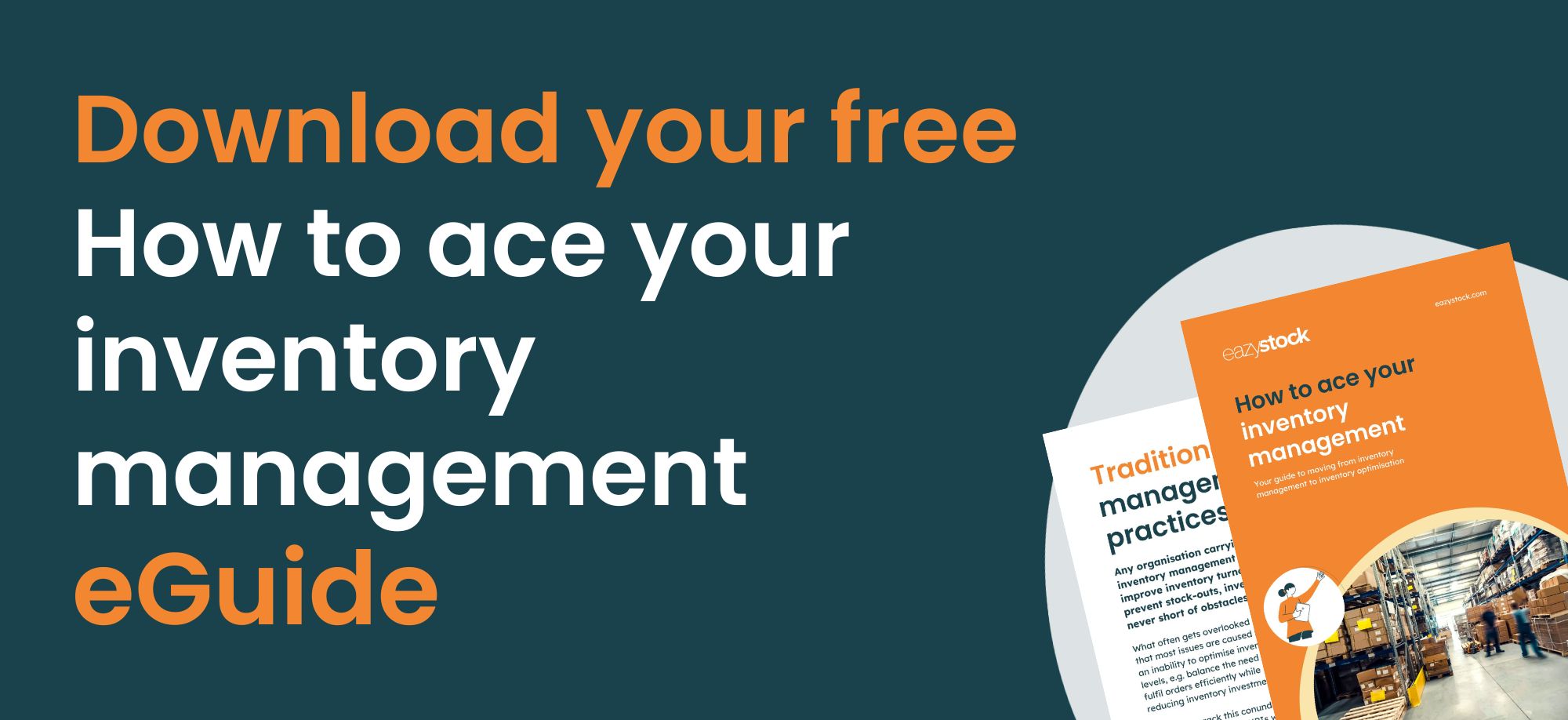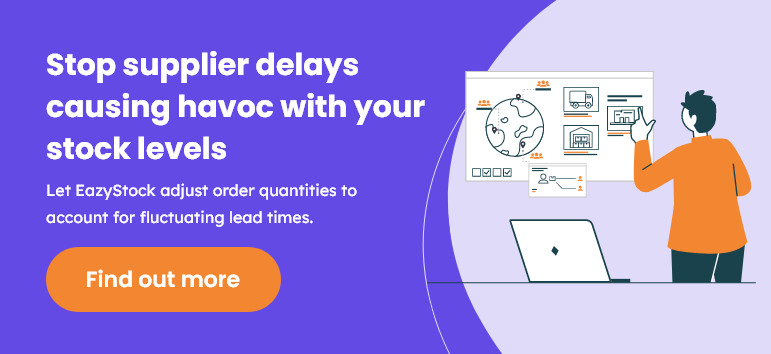What is replenishment planning, and why do you need it?
The key to unlocking effective inventory replenishment planning
UK businesses are under constant pressure to improve operational efficiency and service levels. All stages of the supply chain, from manufacturing to retail, rely on effective inventory replenishment planning to ensure the right items are in stock to meet demand. Customers want their goods without delay, meaning order lead times are increasingly important in their purchasing decisions. Businesses, therefore, need top-class inventory planning strategies and order management processes in place to ensure the speedy replenishment of warehouse goods.

Below we look at two ways you can improve your inventory replenishment planning to optimise inventory levels across your supply chain. These industry secrets go beyond basic inventory replenishment methods and focus on how managing supply and demand variables can transform your approach to this important aspect of supply chain planning.
Robust inventory demand forecasting
Behind every good inventory replenishment strategy is an accurate demand forecasting machine. This functionality can often be found within your enterprise resource management (ERP) or warehouse management system (WMS), and it uses previous sales or customer demand data to calculate future reordering requirements. However, simply basing forecasts on previous demand is a very risky business. Our blog post on inventory demand forecasting techniques explains why. Instead, smart replenishment planning teams use more sophisticated forecasting tools that account for the following variables:
- An inventory item’s position in its product life cycle
- Seasonality
- Trends
- Qualitative forecasting factors e.g sales promotions, competitors’ activity etc
By adding these to your basic forecasts, you can improve their accuracy, which, in turn, will inform your reordering activity. This makes inventory replenishment planning across your supply chain a much smoother process.
But remember, the demand for an SKU can change on a daily basis. For example, a product can go from being a fast-moving item during a seasonal peak to having virtually no demand overnight. This means you need to update your forecasts and re-assess demand variables on a regular basis. To do this effectively, you may need specialist demand forecasting software. Read our blog post on forecasting and replenishment for more details.
Reducing the risk of variable supplier lead times
Supplier lead times can make or break your ability to replenish your warehouse effectively and fulfil orders on time. Unfortunately, even the most reliable suppliers will have unforeseen disruptions in delivery. And, if these disruptions affect your service levels and stock availability, you may experience a negative impact on customer loyalty.
Here are two ways to account for supplier lead times when calculating your inventory replenishment needs:
1. Carry an adequate amount of safety stock. This helps mitigate the risk associated with supplier lead time variability. You can set safety stock according to many different rules, including:
- Using ABC stock analysis e.g., carry more safety stock of your most important stock items than those that are less valuable to the business.
- By identifying inventory with a high turnover ratio and ensuring more safety stock for these faster-moving items.
- Based on lead times e.g., holding more safety stock for suppliers with longer lead times than those who can deliver the same day.

2. Sometimes, supplier delays may be simply overlooked by your replenishment team, even though they occur every year. For example, Chinese New Year in the Far East, or summer shutdowns in Italy are annual events, often causing unnecessary interruptions to supply. These can be easily overcome by adding the known lead time delay to your reorder point and or reorder quantity calculations, so the interruption is accounted for.
EazyStock’s supplier order management functionality can do just that. You simply create a calendar for each supplier and add the shutdown dates. The system automatically adjusts the lead times and order points for all items from this supplier, to cover the time when they are ‘out-of-office’. EazyStock will also trigger an order early enough for your supplier to be able to fulfil it before they close, so you’ll have enough stock, despite the disruption.
Inventory replenishment planning software
Planning your stock replenishment needs is a tricky business. It’s a balancing act to order the right levels of the right stock to cover your demand, without risking a build-up of excess and obsolete inventory items. At the same time, supplier lead times need to be factored into reorder quantity and reorder point calculations so there’s always enough stock to fulfil customer orders.
You’ll no doubt have noticed that the two inventory replenishment planning techniques above may be challenging to carry out in spreadsheets. Even more advanced WMS or ERP systems may also find such calculations a strain. But the fact is, ineffective inventory planning and replenishment can disrupt your supply chain and erode profit margins. So, it’s worthwhile taking the time to review how you take supply and demand variables into account when setting your replenishment parameters.
If you think it’s time to investigate how stock replenishment software could assist your business, contact EazyStock for a free demo or call 0121 312 2992.












